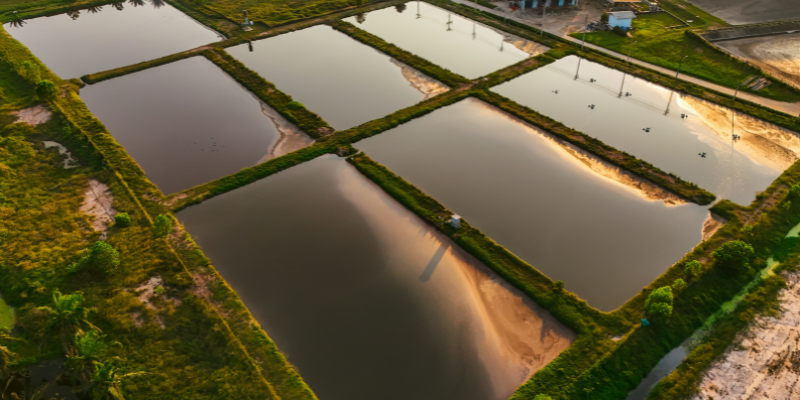Contaminated sites pose significant challenges, but choosing the right environmental remediation strategy can make all the difference. Two primary methods used in the industry include bioremediation and chemical remediation. Here, we explain both, including their mechanisms, benefits and drawbacks.
What is Involved in Bioremediation?
Bioremediation employs microorganisms—such as bacteria, fungi, and other biological systems—to degrade or transform pollutants into less harmful substances. This method uses naturally occurring biological processes (such as digestion and decomposition) to remediate contaminated soil, groundwater, and surface water.
Benefits and Features of Bioremediation:
- Environmental Compatibility: Uses natural organisms, minimizing ecological disruption;
.
- Cost-Effectiveness: Often more economical due to the use of indigenous microorganisms;
.
- In-Situ Application: Can be implemented directly at the contamination site, reducing the need for excavation and transportation; and
- Versatility: Effective against a wide range of organic spills, including hydrocarbons, solvents, and pesticides.
Considerations for Bioremediation:
- Biological processes may require extended periods of time to achieve desired results;
- Effectiveness depends on factors like temperature, pH, and nutrient availability; and
- May not be suitable for all types of contaminants, particularly heavy metals or highly chlorinated compounds.
What is Involved in Chemical Remediation?
Chemical remediation involves introducing chemical agents to neutralize, oxidize, or reduce contaminants. These processes may transform them into less toxic or reactive forms. Chemical remediation is known for its rapid action and ability to tackle a broad spectrum of pollutants.
Benefits and Features of Chemical Remediation:
- Rapid Results: Chemical reactions can occur quickly (especially with catalysts) to reduce contaminant concentrations;
.
- Broad Applicability: Effective against both organic and inorganic pollutants, including those resistant to biological degradation;
.
- Controlled Process: Allows for precise dosing and targeting of specific contaminants; and
- Adaptability: Can be tailored to address site-specific conditions and contamination profiles.
Considerations for Chemical Remediation:
- Chemical reagents and application processes can be expensive;
.
- Introducing chemicals may pose risks to non-target organisms and ecosystems; and
- Requires careful management to ensure safe application and prevent secondary contamination.
When to Consider Bioremediation
- Organic Contaminants: Ideal for sites contaminated with petroleum hydrocarbons, aromatic compounds, and certain pesticides;
.
- Minimal Site Disturbance: Preferred when preserving the site’s ecological integrity is important; and
- Long-Term Remediation Projects: Suitable when extended remediation timelines are acceptable.
When to Consider Chemical Remediation
- Inorganic and Recalcitrant Pollutants: Effective for heavy metals, cyanides, and chlorinated solvents;
- Time-Sensitive Cleanups: Chosen when rapid contaminant reduction is necessary to mitigate immediate risks; and
- Complex Contamination Scenarios: Appropriate for sites with mixed pollutants requiring aggressive treatment strategies.
Bioremediation vs Chemical Remediation: Additional Insights
In practical applications, the choice between bioremediation and chemical remediation is not always clear-cut. Often, a combined approach yields the best results. For example, chemical oxidation may be used to rapidly reduce high concentrations of contaminants, followed by bioremediation to degrade residual pollutants.
Advancements in bioremediation technologies, such as bioaugmentation and biostimulation, have been shown to increase the efficacy of biological treatments. Similarly, innovations in chemical remediation, including the use of nano-scale reagents and controlled-release formulations, have also offered better precision and safety of chemical treatments.
Often, site-specific factors—such as soil composition, groundwater flow, and the presence of indigenous microbial populations—determine the most effective remediation strategy. Regulatory requirements and stakeholder expectations also influence the decision-making process.
Work With a Site Remediation Team That Takes a Targeted Approach
At Nichols, our team is dedicated to providing comprehensive environmental and engineering solutions tailored to your specific needs. Contact us today to discuss how we can support your project with innovative and effective remediation strategies.

